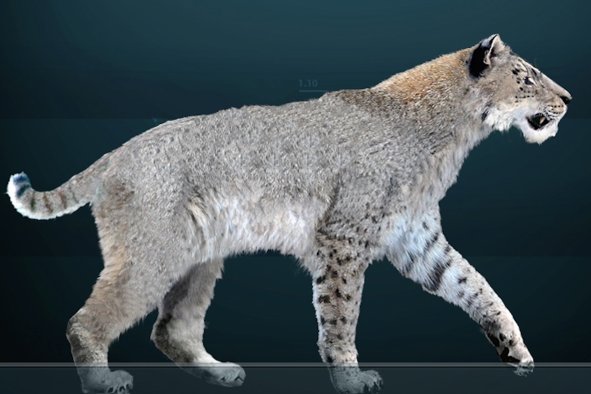After several setbacks and delays, the first crewed mission for Boeing's Starliner spacecraft is set to finally make its inaugural launch to the International Space Station (ISS) on Saturday.
NASA astronauts Butch Wilmore and Suni Williams arrived at Kennedy Space Center in Florida on Tuesday ahead of their expected liftoff, weeks after a persistent helium leak forced NASA to scrub the most recent launch window at the last minute.
NASA and Boeing are targeting 12:25 p.m. ET Saturday for Starliner to lift off. The capsule will reach orbit on top of an Atlas V rocket manufactured by the United Launch Alliance, a joint venture between Boeing and Lockheed Martin.
The U.S. space agency is confident in the success of the Starliner, aiming to have a second commercial vehicle for crew transport to the ISS. But Boeing's spacecraft, which has been years in the making, has faced multiple issues and delays, leading it to fall behind Elon Musk's SpaceX — currently the one and only option for American astronauts hitching a ride to space ever since the end of the Shuttle program more than a decade ago.
If it passes this final test mission, the Starliner will join the Dragon as one of two space vehicles capable of carrying humans for NASA missions.
Here's a comparison of the two vehicles.
Boeing Starliner (CST-100)
Boeing's spacecraft consists of a reusable capsule and an expendable service module, designed for missions to low Earth orbit.
The capsule has a diameter of 15 feet, which is slightly larger than the Apollo command module that went to the Moon and the SpaceX Crew Dragon, but smaller than the Artemis Orion capsule that's designed to go much further into space. Starliner can hold a crew of up to seven people and can remain docked to the ISS for up to seven months.
It features a traditional cockpit with physical buttons and switches, offering a familiar interface for astronauts used to legacy spacecraft.
Solar cells provided by Boeing subsidiary Spectrolab are installed on the aft face of the service module, providing 2.9 kW of electricity. The service module includes four Rocketdyne RS-88 engines burning hypergolic propellants, which will be used for launch escape in the event of an abort.
Starliner is also designed to deliver up to 5,500 pounds of pressurized cargo and 3,300 pounds of unpressurized cargo.
The spacecraft has completed two uncrewed test flights: Orbital Flight Test 1 (OFT-1) and Orbital Flight Test 2 (OFT-2). OFT-1, in December 2019, faced software issues that prevented it from docking with the ISS. In May 2022, OFT-2 successfully docked with the ISS after resolving valve corrosion problems caused by nitrogen tetroxide interactions.
SpaceX Crew Dragon
The Crew Dragon consists of a reusable capsule and an integrated trunk, designed for missions to low Earth orbit and beyond.
The capsule has a diameter of 13 feet, making it slightly smaller than Boeing's Starliner and the Artemis Orion capsule. Dragon can hold a crew of up to seven people and can remain docked to the ISS for up to seven months, the same as Starliner.
The cockpit features modern touchscreens and few physical controls, providing an advanced interface for astronauts not unlike the minimalist interior of a Tesla.
Solar panels are mounted on the trunk, providing up to 5 kW of electricity. The capsule includes eight SuperDraco engines burning hypergolic propellants, which provide launch escape capability in the event of an abort.
Dragon is also designed to deliver up to 13,228 pounds of combined pressurized and unpressurized cargo.
Unlike Starliner, the spacecraft has already undergone both uncrewed and crewed flights. Its first uncrewed test flight, Demo-1, occurred in March 2019 and successfully docked with the ISS. The first crewed flight, Demo-2, took place in May 2020, successfully transporting astronauts to the ISS and marking the first crewed orbital launch from the United States since the end of the Space Shuttle program in 2011.
Coverage of Saturday's Starliner launch will be broadcast live on NASA+, NASA Television, the NASA app, YouTube, and the agency's website.
Disclaimer: The copyright of this article belongs to the original author. Reposting this article is solely for the purpose of information dissemination and does not constitute any investment advice. If there is any infringement, please contact us immediately. We will make corrections or deletions as necessary. Thank you.



